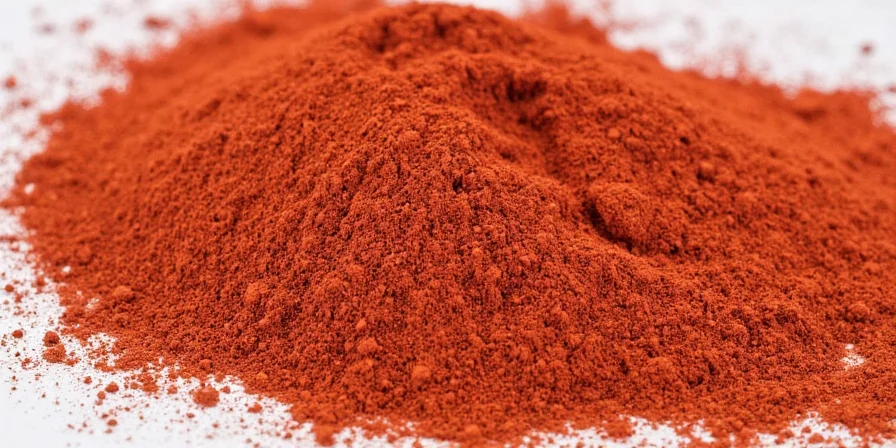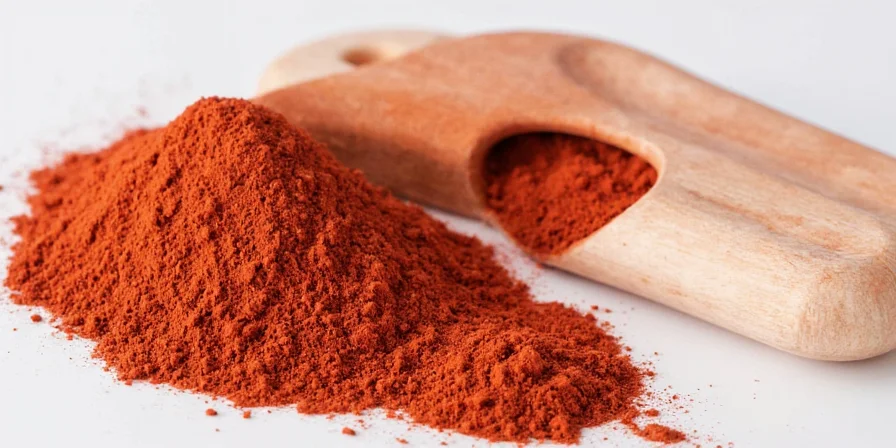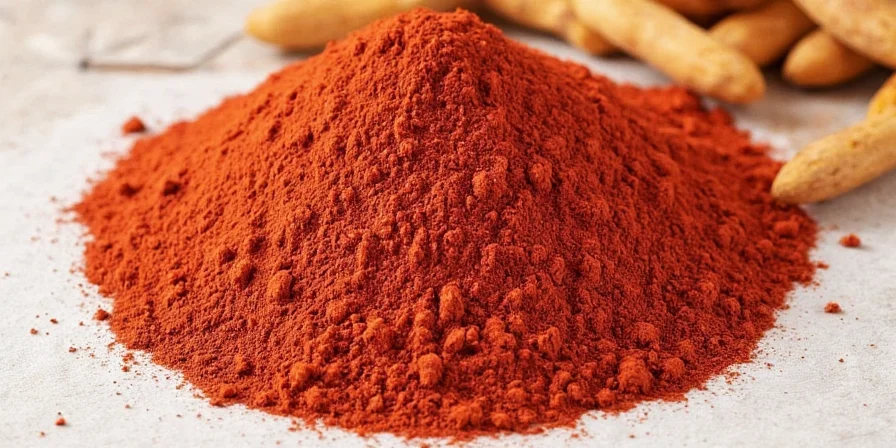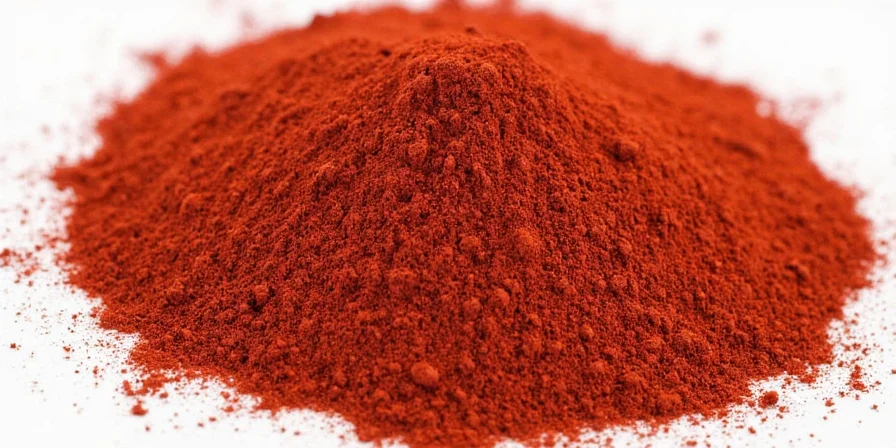Table of Contents
- Is Powdered Sumac Safe to Eat? (Critical First Answer!)
- What Exactly Is Powdered Sumac?
- 5 Immediate Ways to Use Powdered Sumac Today
- What Does Sumac Taste Like? (Simple Comparison)
- Why Choose Sumac Over Lemon or Vinegar?
- How to Store Sumac Properly (Prevent Flavor Loss)
- How Different Cultures Use Sumac
- Sumac vs Lemon Juice: Exact Substitution Guide
- Frequently Asked Questions Answered
- When to Reach for Sumac Instead of Other Acids
Is Powdered Sumac Safe to Eat? (Critical First Answer!)
Yes, culinary powdered sumac (Rhus coriaria) is completely safe for everyday cooking and consumption. This is the ONLY variety used in food - it's harvested from Mediterranean sumac trees, NOT the toxic varieties found in North America. Always purchase from reputable spice suppliers who specifically label it as "culinary" or "edible" sumac. If you're concerned about safety, look for products certified by food safety organizations with clear origin information.

What Exactly Is Powdered Sumac?
Powdered sumac is made from dried berries of the Rhus coriaria plant, a staple in Middle Eastern, Mediterranean, and Central Asian cooking for centuries. The deep red berries are carefully harvested, dried in shade (to preserve color), then finely ground into the vibrant spice you find in stores. Unlike liquid acids like lemon juice, sumac delivers tangy flavor without adding moisture - making it perfect for dry rubs, seasoning blends, and finishing dishes where liquid would alter texture.
5 Immediate Ways to Use Powdered Sumac Today
- Rescue bland salads: Sprinkle 1/4 teaspoon over greens instead of vinegar
- Upgrade roasted vegetables: Toss potatoes or cauliflower with 1/2 tsp sumac before roasting
- Fix flat hummus: Stir 1/2 teaspoon into store-bought hummus for instant brightness
- Perfect egg seasoning: Dust over scrambled eggs or avocado toast (better than lemon!)
- Salt reducer: Use 3/4 teaspoon sumac + 1/4 teaspoon salt instead of 1 full teaspoon salt

What Does Sumac Taste Like? (Simple Comparison)
Sumac offers a complex tartness similar to dried lemon peel with subtle berry notes - think of it as lemon's sophisticated cousin. Unlike vinegar's sharp bite or lemon's bright acidity, sumac provides mellow tanginess that enhances other flavors without overwhelming them. It's significantly less acidic than lemon juice (pH 4.5 vs lemon's 2.0), making it gentler on sensitive palates while still delivering that essential bright note in dishes.

Why Choose Sumac Over Lemon or Vinegar?
- Dry format advantage: Adds acidity without liquid (ideal for rubs, spice blends)
- Flavor complexity: More nuanced than single-note citrus acids
- Color enhancement: Vibrant red hue elevates visual appeal of dishes
- Shelf stability: Maintains potency longer than fresh citrus
- Sodium reduction: Natural tartness creates perception of saltiness without sodium
How to Store Sumac Properly (Prevent Flavor Loss)
Store sumac in an airtight container away from light and heat. The biggest flavor killer is exposure to air - oxygen degrades sumac's volatile compounds within weeks. A dark glass jar in your spice cabinet maintains freshness for 6-12 months (vs 2-3 months in clear containers). Test freshness by rubbing a pinch between fingers - vibrant aroma means it's still potent. Discard when color fades from rich burgundy to dull brown.

How Different Cultures Use Sumac
| Cuisine | Traditional Application | Key Ratio |
|---|---|---|
| Lebanese | Fattoush salad dressing | 1 tsp per 2 servings |
| Turkish | On grilled fish before serving | 1/2 tsp per fillet |
| Persian | Mix with feta cheese | 1 tsp per 4oz cheese |
| American BBQ | Dry rub component | 1 tbsp per cup of rub |
Sumac vs Lemon Juice: Exact Substitution Guide
| Application | Lemon Juice | Powdered Sumac | Pro Tip |
|---|---|---|---|
| Dry rubs | Not suitable | 1.5 tsp per tbsp liquid acid | Mix with oil first to prevent clumping |
| Vinaigrettes | 2 tbsp | 1 tbsp | Add 1/4 tsp honey to balance |
| Roasted veggies | 1 tbsp after roasting | 1 tsp before roasting | Prevents sogginess from liquid |
| Yogurt dips | 1 tbsp | 2 tsp | Let sit 10 mins for full flavor |
Frequently Asked Questions Answered
Can I use sumac if I'm allergic to cashews or pistachios?
Yes, culinary sumac (Rhus coriaria) is unrelated to cashew/pistachio allergens. It comes from a different plant family entirely. However, check packaging for cross-contamination warnings if you have severe allergies.
How much sumac equals one lemon?
Use 1.5 teaspoons of sumac to replace the juice of one medium lemon (about 2 tablespoons). This conversion works best in dry applications - for wet recipes, start with 1 tsp sumac and adjust to taste.
Does sumac lose potency when cooked?
Yes, prolonged high heat diminishes sumac's brightness. For maximum flavor impact, add it in the last 5-10 minutes of cooking or as a finishing touch. Dry applications (like rubs) maintain potency through cooking.
Why is my sumac dull brown instead of red?
Faded color indicates expired sumac. Fresh sumac should be vibrant burgundy-red. Discard if brown - it has lost most flavor compounds. Properly stored sumac maintains color for 6-12 months.
Can sumac replace vinegar in pickling?
Not for true pickling (requires specific pH levels), but sumac makes excellent quick-pickled vegetables. Use 2 tsp sumac per cup of brine for refrigerator pickles with complex flavor.
When to Reach for Sumac Instead of Other Acids
Choose powdered sumac whenever you need tangy flavor without extra liquid - it's the secret weapon for perfect dry rubs, vibrant salad finishes, and sodium-conscious seasoning. Home cooks consistently report success using sumac to fix "flat" dishes where lemon would make things soggy. Keep a small container in your daily spice rotation (not buried in the back of your cabinet!) and use it whenever recipes call for "a squeeze of lemon" but liquid would compromise texture. For best results, buy whole sumac berries and grind them yourself - the flavor difference is noticeable even to casual cooks.












 浙公网安备
33010002000092号
浙公网安备
33010002000092号 浙B2-20120091-4
浙B2-20120091-4